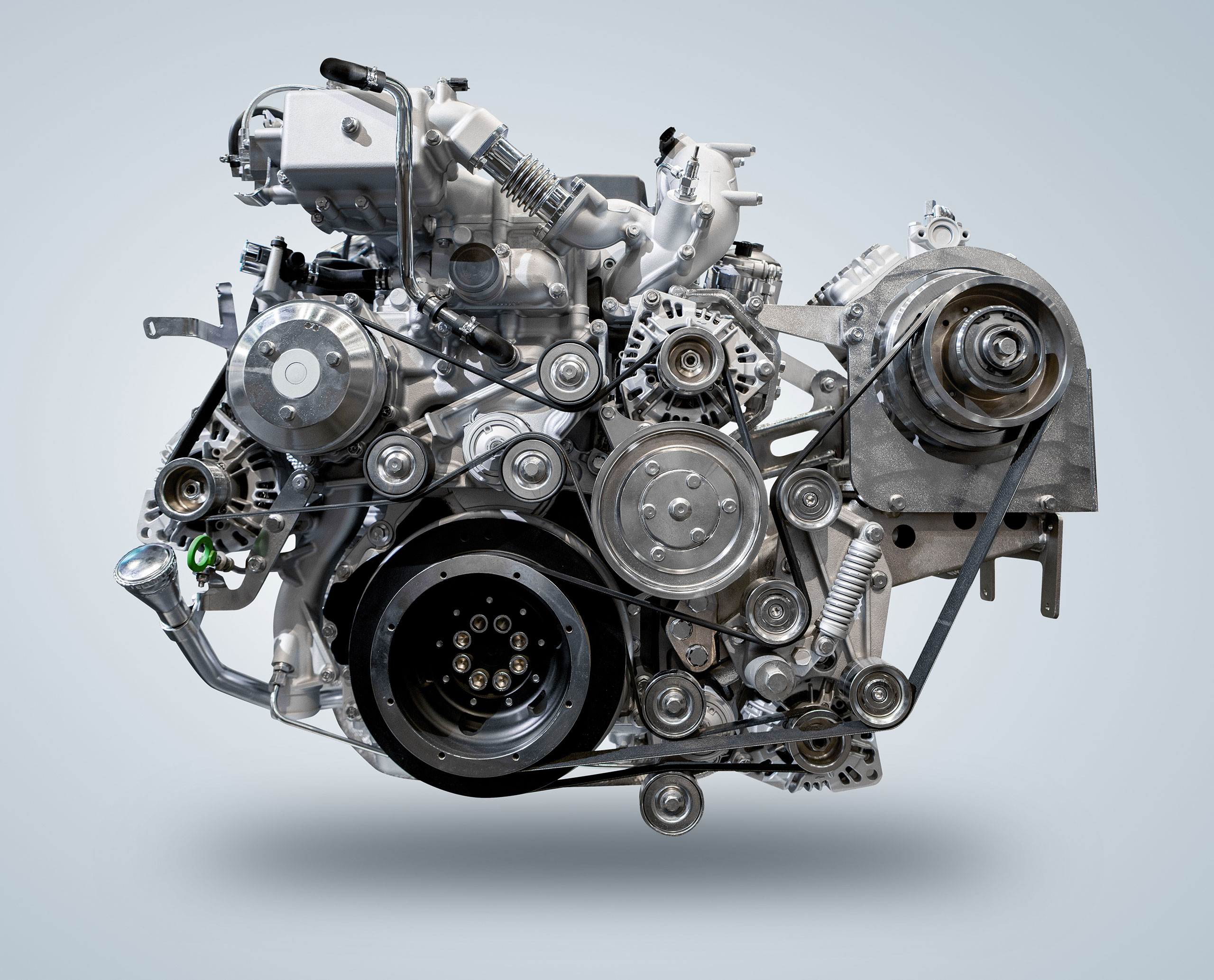The Fight for the Future of Our Industry

By Mike Spagnola, SEMA President and CEO
The U.S. Environmental Protection Agency (EPA) recently released a draft rulemaking that, should it be implemented, would require significant emissions reductions in light- and medium-duty motor vehicles for model-years '27–'32. Along with the tighter restrictions, the EPA is also proposing to eliminate an existing exemption provided to low-volume car manufacturers producing under 5,000 vehicles annually. The proposed actions are foundations that prop up the Biden Administration's goal that two out of every three vehicles purchased are battery-electric versions by the year 2032. This, combined with the government's massive subsidies to build the supporting infrastructure around electric vehicles (EVs), appears to be an attempted knock-out punch to the internal combustion engine (ICE).
As an organization, SEMA embraces advancements in vehicle technology, including EVs, acknowledging their relevance to the future of the specialty automotive aftermarket. Our expanded SEMA EV and Future Propulsion feature at the annual SEMA Show highlights cutting-edge EV restomods that continue to propel what the Show and our industry is built on—innovation. This innovation that the EV market has tapped into is very much the essence of the industry and has been for the past 60 years.
Leaders, including in the automotive aftermarket, are making significant strides with other fuel technology options. There are various advancements in fuel conversion kits across the industry, and groundbreaking projects that are testing options such as hydrogen, new synthetic fuels and multiple renewables that are becoming ever more influential. Cummins' recent debut of its 15L fuel-agnostic engine platform that's capable of running on hydrogen, natural gas or diesel is a prime example. A Shell/Penske collaboration in renewable fuel, and Toyota's hydrogen fuel cell for heavy-duty applications are just a few more examples of private sector initiatives that are paving the way to a cleaner future. These efforts deserve consideration and support at a minimum.
ICEs power more than 250 million vehicles in the U.S. today. Currently, 33% of consumer spending on performance and accessory products is on ICE-related components. This equates to $17 billion in annual revenue—and small businesses make up a significant part of this. Government policies must recognize the importance of these realities and adopt an all-of-the-above approach to the future of automotive technology.
Unfortunately, the Biden Administration's approach to reducing motor-vehicle emissions embraces only one technology to reduce vehicle emissions. The EPA's proposal stifles innovation and comes at the expense of consumer choice.
SEMA recognizes the threat the EPA's rulemaking poses to thousands of industry businesses, which is why we are helping to lead the fight in opposition to this proposal and California's efforts to eliminate the sale of new ICE vehicles by 2035. Seven SEMA members and I recently testified before the EPA in opposition to the agency's proposed vehicle emissions standards. SEMA has also rallied industry businesses and enthusiasts through a coordinated media and grassroots campaign to send more than 2,500 letters to the EPA that oppose this rulemaking while highlighting a different path forward that maintains a technology-neutral approach to vehicle technology and considers the adverse impacts of embracing only one technology will have on the American people and all facets of the automotive industry.
I am hopeful that the outpouring of opposition to the EPA's will have an impact on the final rule. While this policy fight is bigger than our industry, make no mistake, it will shape our nation's automotive future and impact companies throughout the aftermarket.
